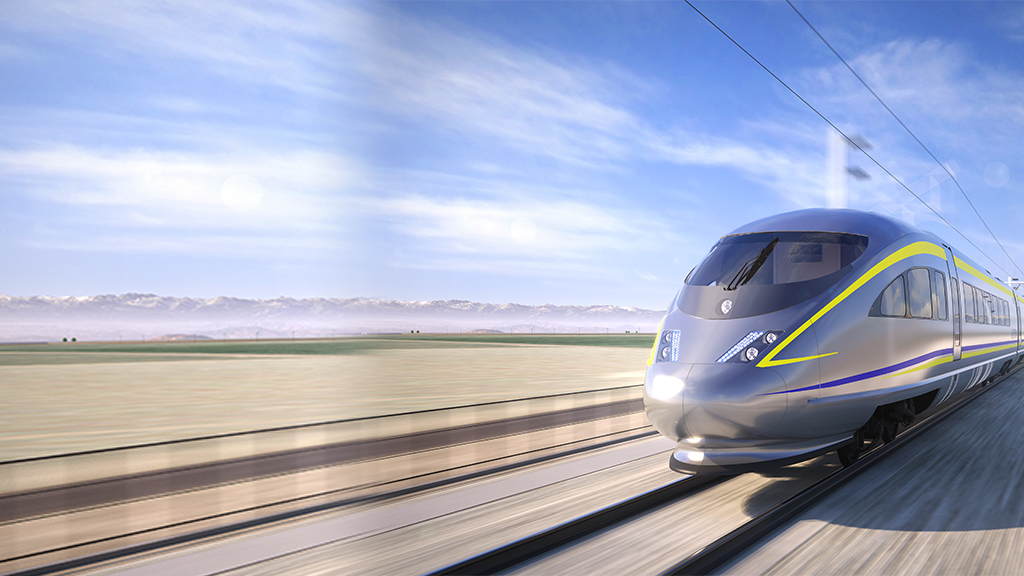Newsletter Sign Up
Stay updated on news, articles and information for the rail industry
Stay updated on news, articles and information for the rail industry
RAIL EMPLOYMENT & NOTICES
Rail News Home
Rail Industry Trends
Rail News: Rail Industry Trends
7/8/2008
Rail News: Rail Industry Trends
Barges are safer and environmentally friendlier than trains and trucks, study says
advertisement
A new study released by the National Waterways Foundation (NWF) claims inland river barges are the safest and most environmentally friendly transportation mode vs. rail and trucks.
Conducted by the Texas Transportation Institute's Center for Port and Waterways at Texas A&M University and partially funded by the U.S. Maritime Administration, the study determined that, for each member of the public injured in a barge accident (after adjusting for cargo quantity differences moved by each mode), 125.2 are injured in rail accidents and 2,171.5 are injured in truck accidents. Fatality rates show 155 trucking and 22.7 rail deaths occur for every barge-related fatality.
In addition, barges can move a ton of cargo 576 miles per gallon of fuel compared with 413 miles by rail and 155 miles by trucks, according to the study. Association of American Railroads statistics show trains on average can move a ton of freight more than 436 miles per a gallon of fuel.
The study also determined inland barges generate fewer emissions of particulate matter, hyrdocarbons, carbon monoxide and nitrous oxide than railroads or trucks on a per-ton-mile-moved basis.
"While we are truly an intermodal society, this comparison of rail, truck and inland waterways transport modes offers an important new perspective on the real benefits of moving cargo by water," said NWF Chairman Peter Stephaich in a prepared statement.
NWF conducts research studies and forums, and provides education and training programs aimed at developing an efficient and secure inland waterways system.
Conducted by the Texas Transportation Institute's Center for Port and Waterways at Texas A&M University and partially funded by the U.S. Maritime Administration, the study determined that, for each member of the public injured in a barge accident (after adjusting for cargo quantity differences moved by each mode), 125.2 are injured in rail accidents and 2,171.5 are injured in truck accidents. Fatality rates show 155 trucking and 22.7 rail deaths occur for every barge-related fatality.
In addition, barges can move a ton of cargo 576 miles per gallon of fuel compared with 413 miles by rail and 155 miles by trucks, according to the study. Association of American Railroads statistics show trains on average can move a ton of freight more than 436 miles per a gallon of fuel.
The study also determined inland barges generate fewer emissions of particulate matter, hyrdocarbons, carbon monoxide and nitrous oxide than railroads or trucks on a per-ton-mile-moved basis.
"While we are truly an intermodal society, this comparison of rail, truck and inland waterways transport modes offers an important new perspective on the real benefits of moving cargo by water," said NWF Chairman Peter Stephaich in a prepared statement.
NWF conducts research studies and forums, and provides education and training programs aimed at developing an efficient and secure inland waterways system.


 2025 MOW Spending Report: Passenger-rail programs
2025 MOW Spending Report: Passenger-rail programs
 Gardner steps down as Amtrak CEO
Gardner steps down as Amtrak CEO
 Guest comment: Oliver Wyman’s David Hunt
Guest comment: Oliver Wyman’s David Hunt
 Women of Influence in Rail eBook
Women of Influence in Rail eBook
 railPrime
railPrime







